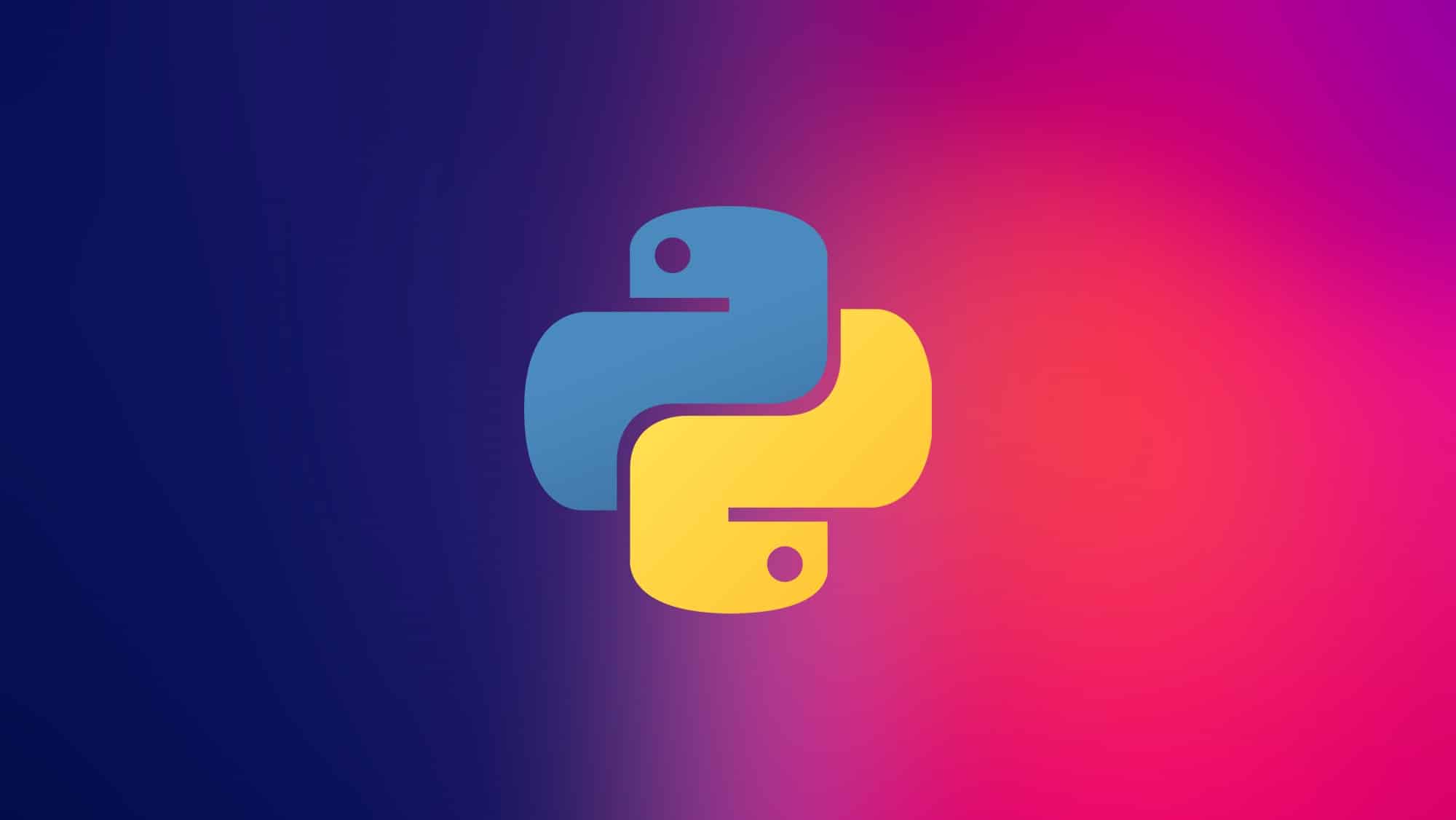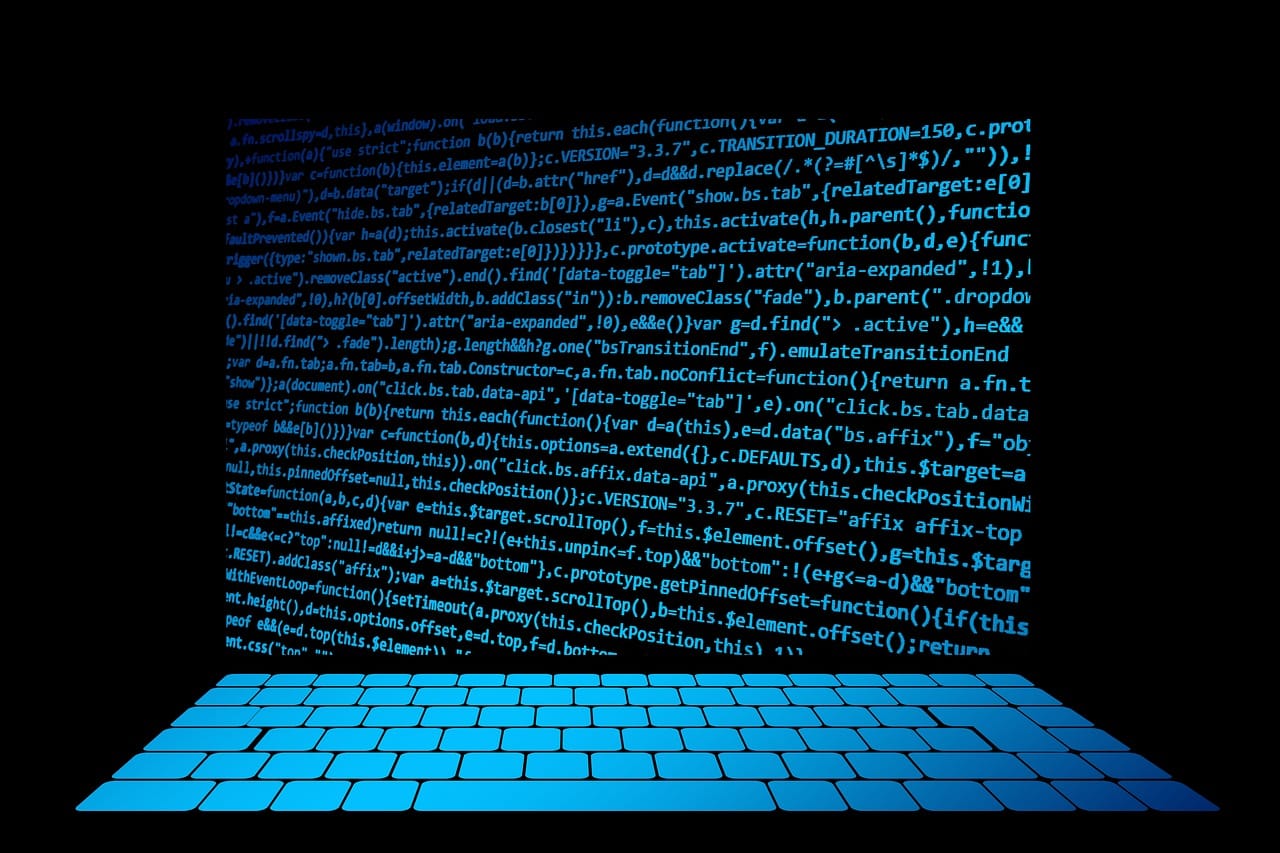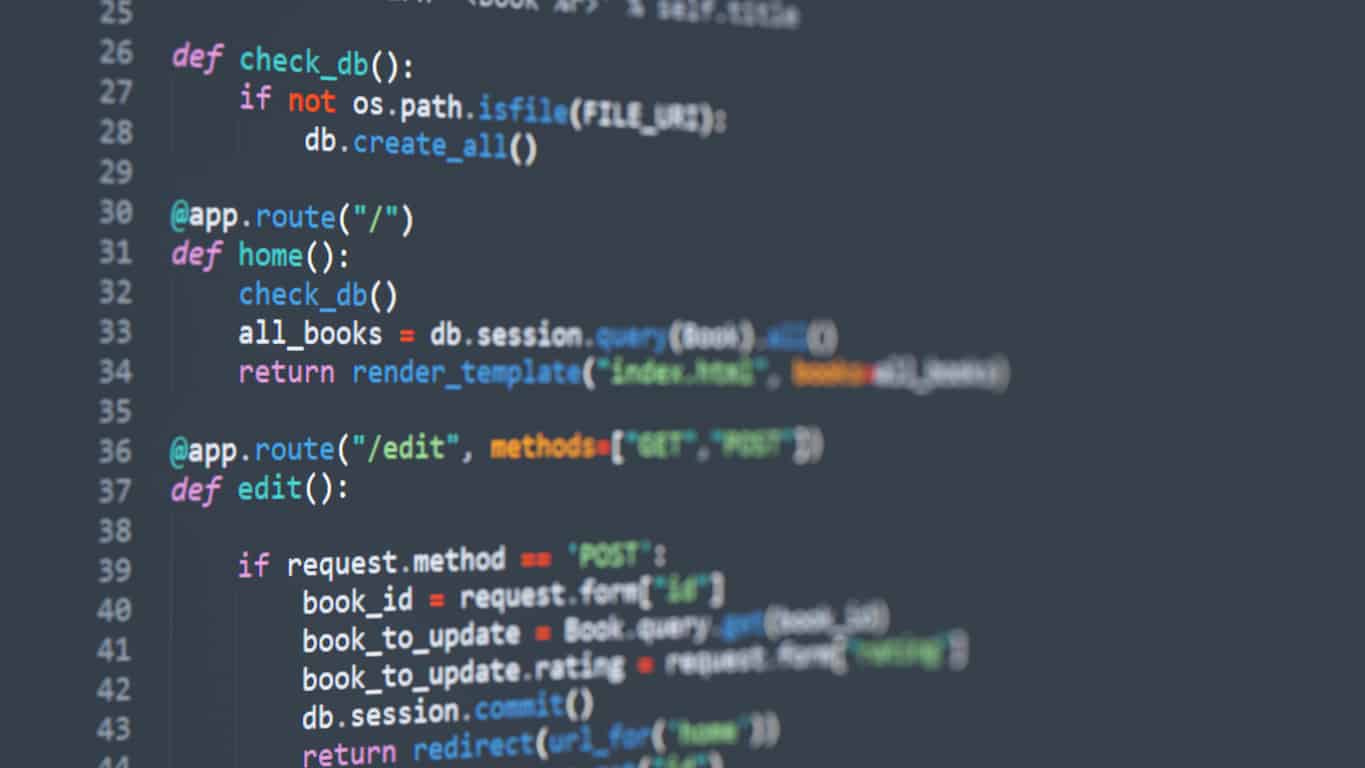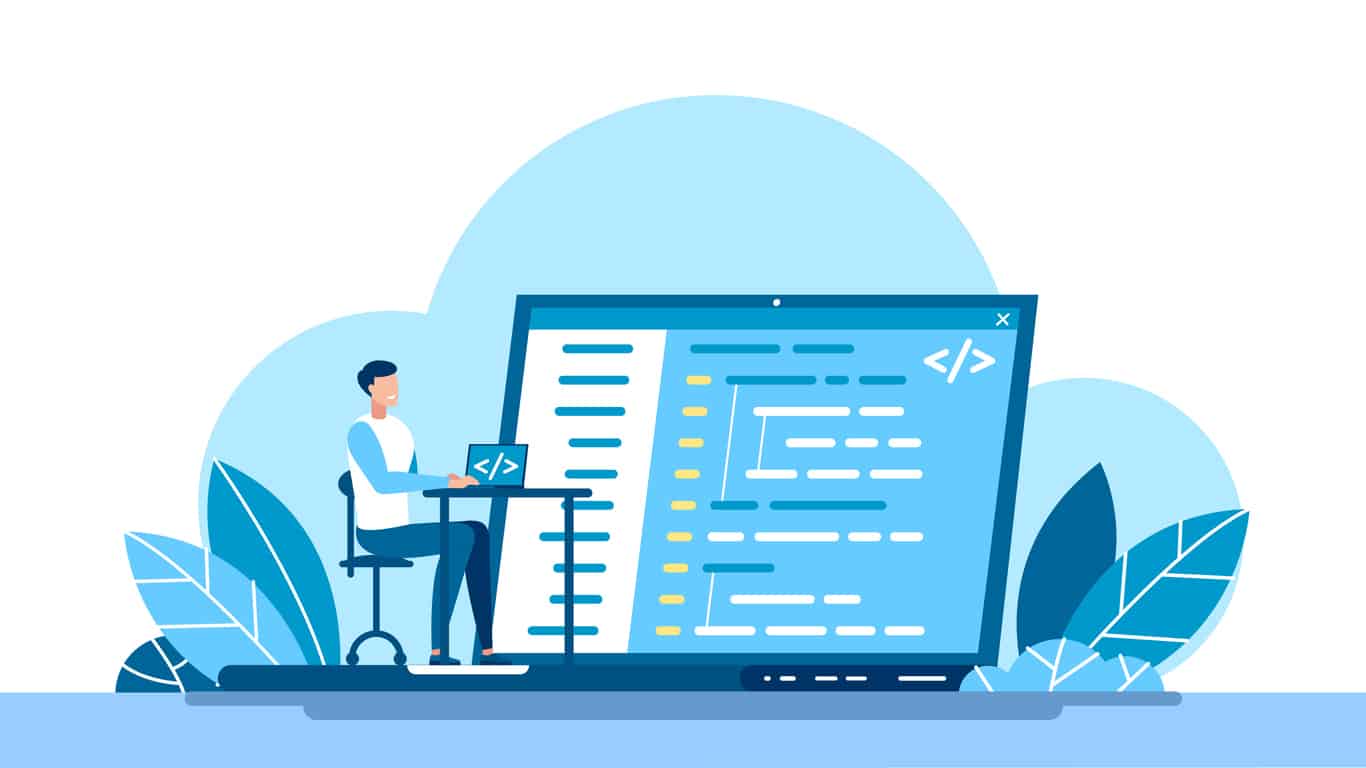Industry experts always advise that it is better to pick a language and master it to an advanced level rather than hopping between technologies and getting to an intermediate level. We have some fantastic news for you if you wish to start your coding journey! Python is a popular programming language that is simple and lucrative to learn. And in these top Python projects, we will learn some easy and essential projects. These beginner-level Python projects will give you a better grasp of a lot of Python concepts we will use while creating these projects, giving you a chance for solidifying your Python Fundamentals.
List of Python Projects
- Arithmetic Calculator
- Program for Reversing Strings
- Number Guessing Game
- Games with a variety of options
- Hangman/Guess the Word
- Rock, Paper & Scissors
- Fibonacci Number Generator
- Calculator for Days
- Sorting an Elements List
- Tic-Tac-Toe
- Binary Search
- Counting the Number of Unique Element in a List
- User Information
- Pattern Printer
Let us discuss these projects in detail so that you can work on these projects and start developing your knowledge base.
1. Arithmetic Calculator
When starting with Python projects for beginners, it is critical to understand the fundamental fundamentals of any programming language. The most typical entry-level project for any language is a calculator, although the goal is to grasp how the language workflow works. You will learn how to use basic Python operators, the input/output process, Python data types, and the basic Python syntax by creating a simple calculator. Manually creating test cases to understand limits and validate the functionality of your calculator application is also advised. As one of your first Python projects, you should start with this.
2. String Reversal Program
This software will ask you to make a user’s Python string (character array) and reverse the string’s order before displaying the result to the user. The apparent initial step is just to reverse all the string characters; however, you can improve this Python project even more by modifying the following program attributes:
- Take a sentence as input and reverse each word in the sentence while maintaining the exact word locations.
- Take a statement and reverse the order of the words without affecting the content of the words.
Similarly, many other string manipulation variations can be accomplished in this assignment. Finally, you can construct a menu-based software that allows users to choose the string manipulations they want to do on their provided inputs.
3. Number Guessing Game
Use this project to learn how to use functions in Python. Take a player’s starting and ending numbers and generate a random number between the two limitations. The game’s object is for the player to guess the randomly generated number. The number of attempts it took the player to get to the correct answer will decide their ultimate score. The higher the value of the score, the fewer the number of tries. After each incorrect guess, the player will receive a hint indicating whether they are above, below, or if the number is a multiple of the incorrectly guessed answer. Implement your use case. You can construct a function that takes two numbers and generates a random number between them. Other functions for hinting and comparing can also be written.
4. Choice-based Games
You can put your conditional reasoning skills to good use by doing something delightful, but how? One can create a game that merely asks the player to select text-based options to go farther in the game without using a complicated user interface or graphics engine. There is also an option of making this game as efficient as possible by providing several endings based on the player’s choices throughout the game.
One can reuse the code and appropriately modularize and design your plot to eliminate redundancy and save time. You may utilize 2D array grids to construct game environments or maps if you want to take it a step further and include actual movement in your game.
You may maintain track of where the player is by locating the player on a particular spot on the array grid based on their movement choices. To add more dynamic components to your game, carefully position obstacles, adversaries, and other gameplay items on the grid for the player to run into or pick up. To make the game even more difficult, you can program opponent moves.
When dealing with larger industry-level programming projects, you may need to be adept at working with and manipulating multidimensional arrays. Working with Python 2D arrays can be highly useful.
5. Guess the Word/Hangman
Hangman is a popular game in which a word is chosen by either the opponent player or the software, and the player has access to the complete alphabet set to guess letters from. The target word will be displayed with most of the letters removed. The player’s objective is to select alphabets based on a tip related to the word. If the letter is correct, the blank spots will be filled with all potential occurrences of that letter. If the guess is incorrect, the trial count will rise, and the guessed letter will be crossed out of the available alphabet bank. Of course, the number of attempts will be limited. Traditionally, a player is allowed six incorrect answers before losing the game. However, this number can be adjusted based on how you wish to design your game version.
6. Rock, Paper, Scissors
A well-known game to employ for your Python applications is Rock, Paper, Scissors. There are numerous ways to build this game in code based on your Python knowledge. Because the game contains a random aspect, you will need to utilize a random function to decide each player’s hand.
You can start by making a simple game with a default CPU opponent and randomized plays and then add complexity by allowing two human players to compete against each other. In either case, the creative aspect of the game’s design will provide you with a lot of leeway in your approach. To improve the overall experience, including options for retries and score tracking.
7. Fibonacci Number Generator
The Fibonacci series is a mathematical series that has been one of the programming field’s most often asked coding questions. To make your third Fibonacci number, start with two numbers, preferably 0 and 1, then add them together. Simply add the sum and the second-to-last Fibonacci term to generate the next one.
This project asks for the user’s desired Fibonacci number position and generates it. After the output has been generated, you can show it to the user. You can go further and show the entire sequence up to that moment. This is one of the best Python projects for learning about the recursive function concept.
8. Days Calculator
This application’s principle is straightforward. You must write a program accepting two dates, and the application will compute the number of days between the two dates and display results to the user. You can extract the relevant parameters from the DD-MMYYYY.
This program can be difficult for beginners, but it is one of the most frequently recommended Python projects for clearing up any fundamental misconceptions about arrays and if-elif-else statements. The true problem-solving challenge begins when you must account for the change in days between months and when a leap year occurs.
9. Sorting a List of Elements
In software development, optimizing a program is critical. This procedure aids in the conservation of computational resources when executing apps, allowing them to run faster without affecting other computer operations. ‘Sorting’ is one of these optimization tasks frequently asked in job interviews. Sorting is used in various ways in programs, with varying time complexities.
This program aims to take Python lists as input and sort them in ascending or decreasing order if they are numerical lists or alphabetically if they are character arrays or word lists. Keep in mind that, in comparison to other programming languages, Python is a high-level language with a lot of built-in functionality. Writing your sorting function for your skill improvement is highly encouraged rather than relying on Python’s sort function.
10. Tic-Tac-Toe
Tic-Tac-Toe is a popular and simple game that is frequently played on notebooks. The game’s premise is straightforward, and it is a turn-based game in which the goal is to line up a trifecta of circles or crosses on a thirty-three square grid diagonally, horizontally, or vertically to win.
The most challenging part of making this game is getting to know 2D array indexing and figuring out how to check diagonal line-ups. The coding should become more straightforward once the issue is resolved.
11. Binary Search
Searching is another aspect of list management that is subject to optimization methods after sorting. There are a few diverse ways to search for an item in a list. Make these searches even faster. There exist data structures based on the key-value architecture. The ‘binary search’ algorithm is one of the most efficient searching methods, and the input for this searching method must already be sorted as a condition. Binary searching saves speed by cutting the search region half with each loop iteration.
You must construct an application that requires the user to input a sorted list and a search element in this project. If the list is not sorted, you must first design your sorting method before doing a binary search for the search element on the list. If the search element is found, your application should display its position, and if the element is not found in the Python list, it should tell the user.
12. Counting the Frequency of Each Unique Element in a List
This project should not be too complex if you’ve got a handle on Python lists. You must accept a list as input from a user and count the unique elements. There are many time savings here and various techniques you might take to manage this problem. Remember that any method that avoids iterating through the complete list is preferable.
13. User Record
After you have mastered lists, you will need to learn about Python dictionaries, another essential data structure. With dictionaries, you can quickly create programs with database capability. Dictionaries are key-value-based NoSQL data structures that work best as objects for storing records that need to be sought up.
Your software should be able to accept various names, phone numbers, and ages as input and store them in a dictionary. Suppose you want to extend the utility of your program. In that case, you can incorporate third-party utilities like SQLite to save the input on a more permanent basis in databases or JSON files.
14. Pattern Printer
Pattern printing programmes are a terrific way to put your nested loop design skills to the test in Python projects for beginners. All you must do is use loops to print text in a way that resembles symmetrical patterns.
Summing Up
So, these are some of the top Python projects for beginners. These projects will help get a clearer idea about the Python language, and you will also be able to learn the fundamentals of Python. So, best of luck and start working today on these projects. To further your knowledge in Python or grow your career in technology, explore our Software Engineering Courses today.






